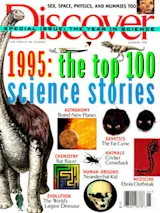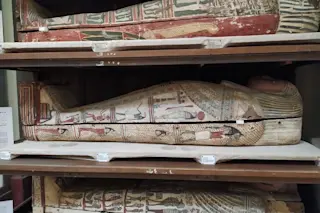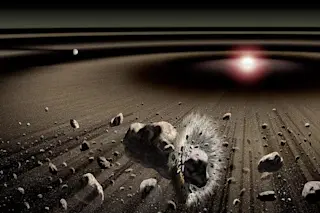It was only a brief ghost on a TV screen, a video blob that came and went within a few seconds one day last June. But Carl Wieman and Eric Cornell had been trying to make that blob for years--had been competing with many other physicists to be first, in fact--and so to them it looked exquisite. Our initial reaction was that it was too good to be true, recalls Wieman.
The blob was an image of a few thousand atoms inside a tiny vial nearby. It meant that for a few seconds those atoms had coalesced into a new state of matter--a single, fuzzy megaparticle known as a Bose-Einstein condensate. For those few seconds, the vial in Wieman and Cornell’s lab was the coldest place that ever existed anywhere in the universe. We’re so close to absolute zero that the generally accepted definitions of temperature break down, says Wieman. ...














